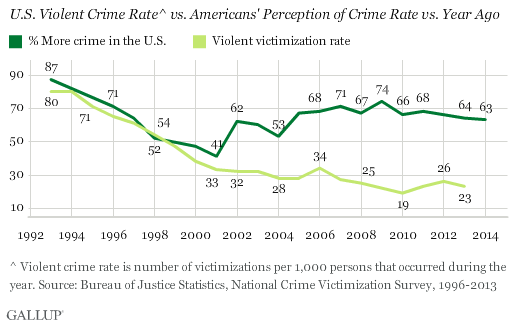My brother's first car was a white Chevy Cobalt. I didn't like it very much, but for him it was pretty much perfect. It was inexpensive, reliable, and got good gas mileage. Unfortunately, over time it evolved to be a very bad fit for him.
The body type of the car was a knockoff of several other popular models, and just about every other car at the time was white or some off-white shade. The number of times we lost his car in the parking lot at the mall because it looked like everything else was absolutely ridiculous.
After two years, he decided to trade up for something a bit flashier. He wanted a unique car in a unique color - something that would help him stick out and remind him daily what his long hours on the job were helping to pay for.
He traded the blasé Cobalt for a brand new, lime green Hyundai Eclipse Coupe. At the time, what seemed a rare model of sporty car by Hyundai. Conveniently, there were also only two in that color on the entire west coast.
He wanted to stick out, and he definitely did.
It was after he rolled off the lot, though, that we started to notice Hyundais on the road much more frequently. Then we noticed a few Eclipses in particular. Then we started to see the one other green Eclipse on the road.
Except every time we saw it, it had a different driver and different license plates. Actually, it probably wasn't the same car at all in the first place.
My brother bought the car he bought because he perceived it to be rare. He hadn't personally seen (or realized he'd seen) anything like it on the road, and chose that model and color so he could be recognized as an individual while driving.
After making the purchase, he was more attuned to notice others who looked somewhat like him as he drove to work, to the mall, to the bank, etc. A more informed shopper, he now also possessed a more refined sense of perception and realized how much he'd missed earlier just by not paying attention.
The Blind Leading the Blind
This is the same story that strikes just about everyone buying a new car. They pick a new model and/or color because it feels new and fresh - they can't remember having ever seen it before.
Then they drive off the lot and realize everyone drives a car exactly like it.
Our perception - not the way we see the world, but the parts of the world we recognize and actively acknowledge - is highly impacted by our personal bias. Car shoppers see one model more often than others. Business managers see one kind of number or key performance indicator more often than others.
Overstimulated Americans watching a reactionary media that still preys on fear instilled by 9/11 see violence.
A recent Gallup poll juxtaposes Americans' perception of violence in the country to the actual occurrences using normalized statistics to show how things have trended from 1994 through now.
For more than a decade, Gallup has found the majority of Americans believing crime is up, although actual crime statistics have largely shown the crime rate continuing to come down from the highs in the 1990s and earlier.[ref]Most Americans Still See Crime Up Over Last Year[/ref]
Seeing the actual charts shows a marked turn in public perception of crime occurring shortly after 2001. Seeing real crime numbers continue to drop while Americans instead believe that violent crime has increased year over year demonstrates just where our collective bias lies.
We're afraid. We're afraid of the perpetrators of violence. We're afraid of being victims of violence. We're afraid of being witnesses to violence and being unable to do anything about it.
It's easy to identify what we're afraid of. Explaining why we, as a culture, believe that these things of which we're afraid are occurring more frequently when they are actually occurring less frequently is somewhat east as well.
Turn on any mainstream media outlet and it's 24-7 coverage of sensationalized violence.
A 24-hour news cycle, thirsty for viewership, tries to make every story seem the most important, sometimes stretching the facts to fit a fictional narrative that only serves to whip a particular demographic into a frenzy.
Even local news channels compete for viewers. Delivering drama-laden headlines to an audience hooked on procedural police dramas is but one way to drive traffic to their blogs, websites, Twitter feeds, and ultimately their advertisers. Breaking partially-formed stories merely to be the first to break is another.
The sad state of American discourse is that we live in a world where impactful lies bring eyeballs, and the number of eyeballs you pull in is directly related to your bottom line. News networks no longer work to deliver the news, they work to stay in business and keep investors happy with performance.
Fact: violent crime in America has dropped significantly since 1994.
Fact: the America portrayed in public news media today is significantly more violent than the America of 1994.
Fact: this portrayal has built a perception among a majority of Americans that violent crime has actually increased year over year since 2001.
Perception is everything and informs the way you see and interact with the world. Who do you let control your own lens of perception.

